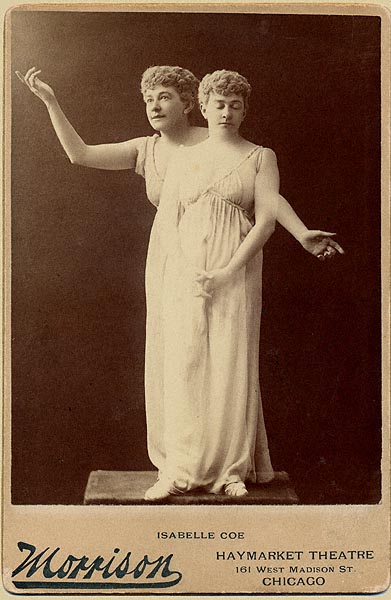
Figure 1 – William Morrison (1857-1927) portrait of Isabelle Coe as Niobe (circa 1892) from the Wikipedia and in the public domain in the US because of its age.
As a follow-up to yesterday’s post about Henry Van der Weyde double exposure portrait of Richard Mansfield as Dr. Jekyll and Mr. Hyde, I’d like to share today the contemporary portrait by William McKenzie Morrison (1857-1927) of actress Isabelle Coe as Niobe in the farce by that name. Here too, the double exposure serves dramatic effect, but one that requires explanation.
Niobe is the mythical Queen of Thebes who boasts to the goddess Leto about her fourteen beautiful children, seven daughters and seven sons. Leto has only two children, Atemis and Apollo. In her anger Leto has Artemis kill the seven daughters of Niobe and Apollo the seven sons. Niobe flees to Mount Sipylus, where she herself is turned to stone, but continues to weep unceasingly.
In the farce, a Victorian-era art collector purchases a statue of Niobe, or so he thinks. The statue is, in fact, the petrified Queen herself, who returns to life after being accidentally jolted with household electricity. Frankenstein again! So here in the photograph Morrison portrays Coe as both Niobe’s statue and reanimated form. Note that the “living form” is just slightly bigger than the “statue form.” As a result even though the “living form” is behind it emanates as a form emergent. That little trick is what I think make the image work.
The story of Niobe explains the quote from Shakespeare’s Hamlet:
